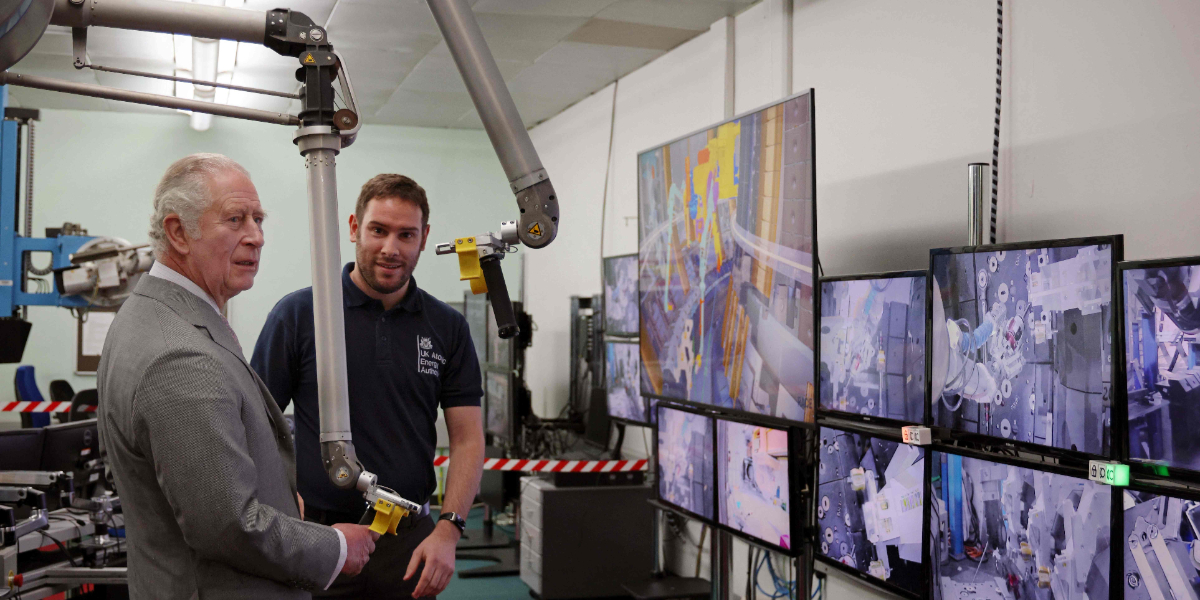Canada truckers defy order to clear key bridge as protests swell
WINDSOR: Truckers snarling a key bridge between Canada and the United States...

Scientists in Britain announced they had smashed a previous record for generating fusion energy, hailing it as a “milestone” on the path towards cheap, clean power and a cooler planet.
Nuclear fusion is the same process that the sun uses to generate heat. Proponents believe it could one day help address climate change by providing an abundant, safe and green source of energy.
A team at the Joint European Torus (JET) facility near Oxford in central England generated 59 megajoules of energy for five seconds during an experiment in December, more than doubling a 1997 record, the UK Atomic Energy Authority said. That is about the power needed to power 35,000 homes for the same period of time, five seconds, said JET’s head of operations Joe Milnes. The results “are the clearest demonstration worldwide of the potential for fusion energy to deliver safe and sustainable low-carbon energy”, the UKAEA said.
The donut-shaped machine used for the experiments is called a tokamak, and the JET site is the largest operational one in the world.
Inside, just 0.1 milligrammes each of deuterium and tritium, both are isotopes of hydrogen, with deuterium also called heavy hydrogen, is heated to temperatures 10 times hotter than the centre of the sun to create plasma. This is held in place using magnets as it spins around, fuses and releases tremendous energy as heat.
Fusion is inherently safe in that it cannot start a run-away process. Deuterium is freely available in seawater, while tritium can be harvested as a byproduct of nuclear fission. Pound for pound (gram for gram) it releases nearly four million times more energy than burning coal, oil or gas, and the only waste product is helium. The results announced Wednesday demonstrated the ability to create fusion for five seconds, as longer than that would cause JET’s copper wire magnets to overheat.
A larger and more advanced version of JET is currently being built in southern France, called ITER, where the Oxford data will prove vital when the site comes online, possibly as soon as 2025.
ITER will be equipped with superconductor electromagnets which will allow the process to continue for longer, hopefully longer than 300 seconds.
About 350 scientists from EU countries plus Britain, Switzerland and Ukraine, and more from around the globe, participate in JET experiments each year. JET will soon pass the fusion baton to ITER, which is around 80 percent completed, said Milnes. “If that’s successful, as we now think it will be given the results we’ve had on JET, we can develop power plant designs in parallel… we’re probably halfway there” to viable fusion, he said. If all goes well at ITER, a prototype fusion power plant could be ready by 2050.
Catch all the Business News, Breaking News Event and Latest News Updates on The BOL News
Download The BOL News App to get the Daily News Update & Live News.